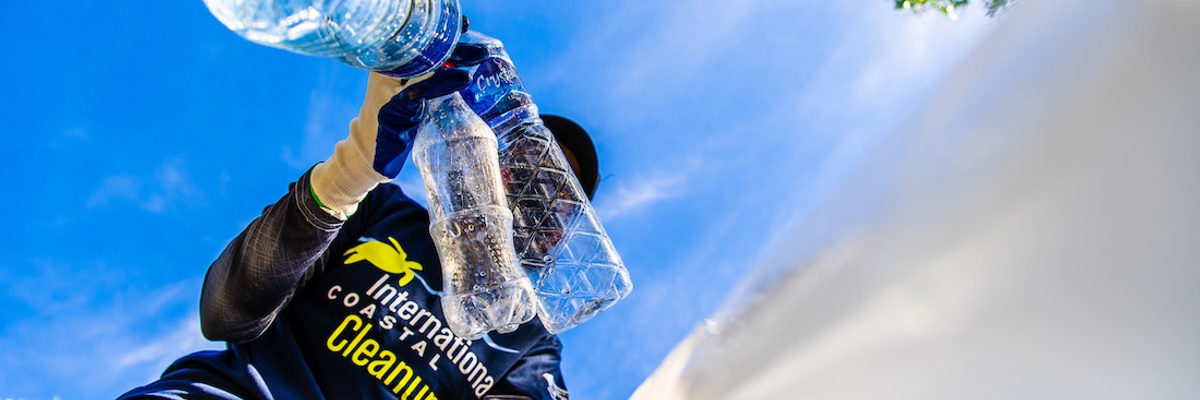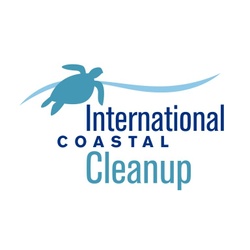Gather Supplies
Determine what kinds of supplies you will need, such as:
- Work gloves for volunteers (or ask volunteers bring a pair of gloves with them)
- Water cooler with enough water to keep volunteers properly hydrated, especially in warm temperatures (or remind volunteers to bring their own)
- First-aid kit for minor cuts and scrapes
- Depending on weather, sunscreen and bug spray may be needed
- Trash bags (or request your volunteers bring reusable containers, like buckets)
- Sign-in sheet to record the number of participants and enable you to contact them later with thanks and photos
- Pens or pencils
- Information on how to download Clean Swell® or Cleanup data cards. Note that both the Clean Swell® app and the data cards are available in multiple languages. Contact [email protected] for more information.
- Hand sanitizer or wipes are nice to have available for volunteers after the cleanup
- Optional: If you have a fish or a luggage scale (a scale with a hook) at home, you can use it to weigh the trash you collect.
Keep These Safety Tips in Mind
Review what to do in case of a health emergency (heat exhaustion or heatstroke, broken bone, etc.) and find out whether any of your volunteers have medical training or know basic first aid.
When visiting the site, look for natural and man-made safety hazards, such as rocky areas, highly variable tides, poisonous plants, high-speed roads, power lines, etc. If necessary, inform your volunteers that they may need to dress accordingly, such as wearing long pants or closed-toed shoes.
Plan ahead for handling sharp items, such as syringes or pieces of broken glass. We recommend disposing of these items in a wide-mouth container with a tight screw lid, such as an empty liquid laundry detergent bottle that you have clearly labeled.
Find out how to contact your local Fish and Wildlife Service office in case you encounter any dead, entangled or injured wildlife. You can report these finds on your data form or on the comments section in the Clean Swell® app, but be sure to leave any wildlife handling to the experts.
Plan Ahead to Reduce Waste at Your Event
Food
Providing a meal at your cleanup can be tricky when you’re trying to reduce waste! Use these tips to cut down on packaging, single-use plastics and food waste.
- Provide healthy snacks, such as fruit, that don’t require packaging!
- Serve easy to eat food. Finger food—sandwiches and veggies/chips & dip—can be eaten without cutlery.
- Ask volunteers to bring lunch with them, or make it a potluck!
- If you host events regularly, it may be best to purchase cheap, but reusable, plates and silverware that you wash in between events.
- If ordering from a restaurant for a meal, make sure to speak with them beforehand about your choice to minimize waste. Local, small-businesses and restaurants are recommended.
- Donate any leftover food to a local soup kitchen (locate one beforehand and communicate about what they can accept!) or suggest that volunteers bring food home with them to eat later.
Water
Volunteers must have water at cleanups, but it doesn’t have to be from a disposable bottle! Avoid single-use plastics with these tactics.
- Provide a container of water at the event and encourage volunteers to bring reusable water bottles. Make sure to pack reusable or compostable cups as well for those without.
- Purchase, borrow, or rent reusable water solutions to avoid using single-use plastic water bottles.
Materials
Learn how to find reusable, sustainable, material solutions.
- Rather than single-use latex gloves, purchase reusable gardening gloves to use over and over for cleanups! Wash them in a regular laundry machine in between cleanups (let them air dry if they have rubber on them). Or you can always ask volunteers to bring their own reusable gardening gloves.
- Use Clean Swell®! Data cards produce unnecessary waste and mailing them back to Ocean Conservancy costs time and money. If you are able to, use Clean Swell® to save on resources. If you use the paper data form, scan and email it to [email protected] after your event to avoid postage.
Transportation
Reduce the impact from transportation to the event with recommendations to volunteers.
- Suggest that volunteers walk, bike, use public transport, or carpool to the event.
Deposit Bins
Make sure to label bins with explanations of what items can go where. Tape signs to bins for “Compost,” “Recycling,” and “Landfill”. You can sort the debris you collect and the waste generated during the event. This is a great educational moment for volunteers!
- Recycle: Be aware of what items your local recycling receptacle accepts and be sure to sort any items collected or used during the event to be recycled. This may include plastic, metal, or glass items.
- Compost: Perhaps a volunteer has a compost bin at home or your municipality has a compost system in place. Collect organic materials such as food scraps and paper in this bin to be used in the future (if organics are left in landfills, it can interact with waste and generate immediate combustion of methane, a greenhouse gas over 100x more damaging than carbon dioxide).
- Liquids: Sort out liquids so they don’t get sent to landfills (Find a disposal site near you)
- Potentially hazardous materials: Check with your local municipality to see what can be done with batteries, electronics, tires and even paint.
- Landfill: Any items that are not recycled, composted or disposed of in another way should be sent to the landfill.









 "Ready to #SeaTheChange and organize your own cleanup? Here’s what to do next."
-
"Ready to #SeaTheChange and organize your own cleanup? Here’s what to do next."
-
